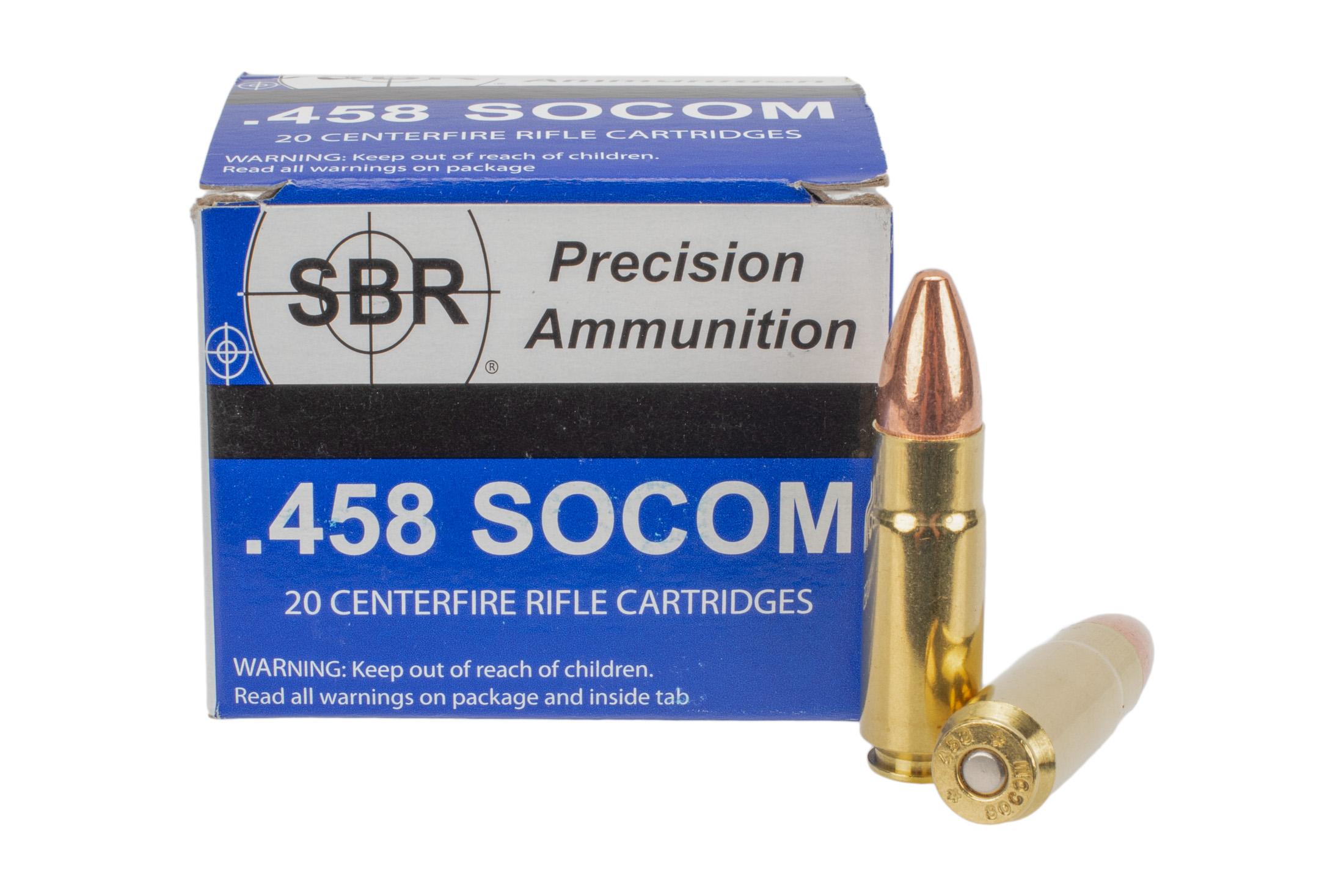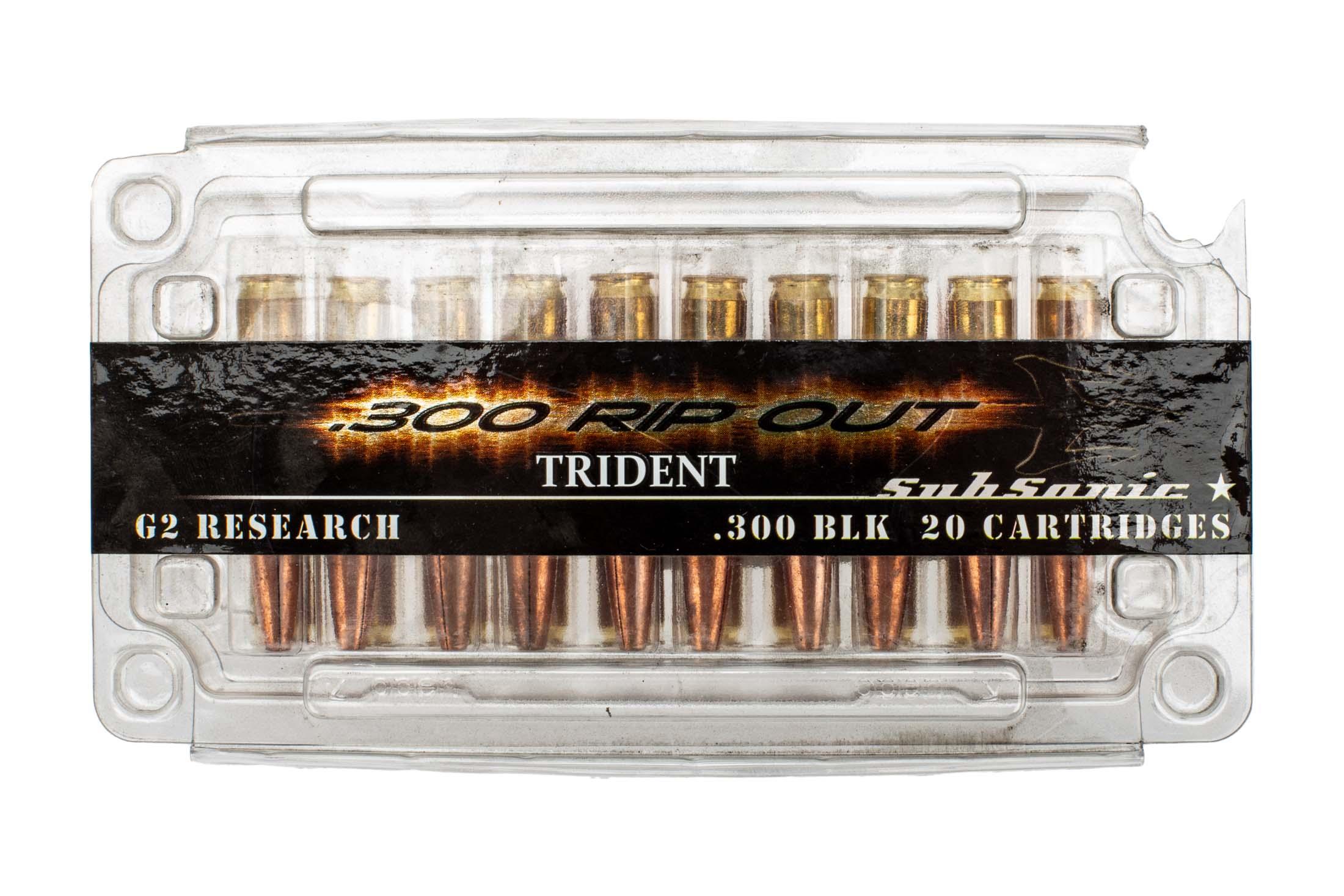

22-caliber barrels using 1:6-inch (and tighter) twists these days. Some seriously good shooting is happening with. The same holds true in the 5.56 NATO realm, where the most common 1:8- and 1:7-inch twists still rule the roost. But as more long-range shooters discover the benefits of tighter twists, such as 1:8, that wisdom is gradually falling by the wayside for multiple. As the precision shooting world shifted toward the heavier end of the bullet-weight spectrum, the 1:10-inch twist rate eventually took hold and was long considered the ideal twist for tactical. Twenty years ago, barrels with twist rates of 1:11 and 1:12 inches were standard fare in military and law enforcement 7.62 NATO sniper rifles. A whole bunch of folks I know have followed similar trajectories over the past few years, moving from rifle to carbine to short-barrel rifle or rifle-caliber pistol.īarrel twist rates have also suffered from a long running case of Theoria torpor. This past hunting season I used an accurate, 11.5-inch-barreled 7.62x39 mm AR. After one year I scaled down to a 16-inch barrel and then a 16-inch 7.62x39 mm a year later. A few years ago I was hunting with an 18-inch-barreled. Heck, I am living proof of this in action. Short-barrel guns in rifle calibers can shoot very accurately out to mid-ranges, too, which challenges the old ways of thinking a bit.

Fortunately, bullet technology is such that today’s expanding projectiles are increasingly capable of opening up at slower velocities, so longer practical engagement ranges are now possible. As a military sniper, I always knew the maximum ranges at which I could hit someone, but I was less confident that match bullets would incapacitate them at those ranges. This applies mainly to hunting and defensive/offensive scenarios where we need to do more than simply register hits on steel or paper. The kicker is that hitting something is not the same as having the desired effect on it. The same is true for pistol-caliber carbines and short-barrel rifles. Anyone who has ever done a “walk-back” drill with a handgun knows you can hit things pretty darned far away once you figure out your hold-overs and apply the fundamentals. Sometimes just understanding that accepted “facts” are not so factual can help move us along in the right direction.Ī good example is the myth that short barrels are unsuitable for long-range shooting. But, simply clearing up misconceptions does not have to involve completely changing what and how we shoot. Add to that the cost, time and effort needed to learn a new cartridge or operating system and suddenly that shiny new object loses much of its luster. Few people want to switch their go-to rifle (or handgun or shotgun) to a different style or caliber when they are sitting on a bunch of ammo and accessories for one that already works well. The reasons are practical as well as mental. Every circle of gun friends has a token “gear commando.” You know, the one who is first to own the latest gadget, caliber or performance gear while the rest of us are slow to migrate away from the tried and true.

That extends firmly into our shooting tendencies, too. Trade in ground beef for quinoa? Now you’re just being silly. But, human nature takes over when life tries to pull us out from under the warm blanket of “if it ain’t broke, don’t fix it.” Buy some new dress slacks you say? No need-my parachute pants will iron up just fine. Bald tires, baby diapers and multi-term politicians all need to be swapped out as soon as they have outlived their usefulness. Change is a good thing, right? I guess it depends on your perspective.


 0 kommentar(er)
0 kommentar(er)
